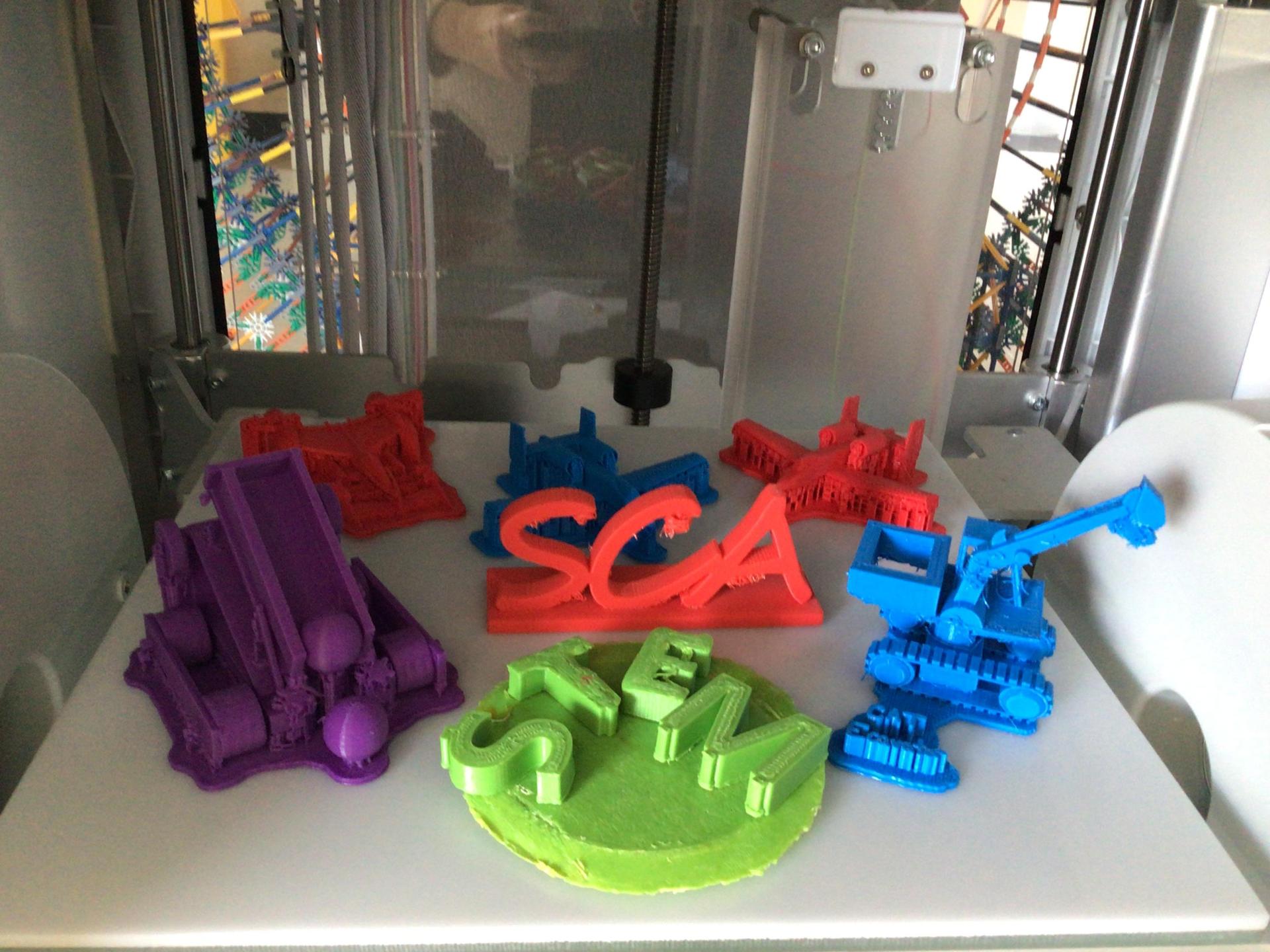Signature Program: STEM
- Robotics 1
- Robotics 2
- Advanced Robotics
- Physics
- Introduction to Architecture
- Coding
- Computer Science
- AP Computer Science Principles
- Amazon Future Engineer Program for Computer Science
- Robotics Club



- National BETA Award "School of Distinction" 2021 through 2024
- Excellence Award
- Design Award
- Innovate Award
- Create Award
- Judges Award
- Build Award
- Sportsmanship Award
- Amaze Award
(received global recognition through Mercy Education System of the Americas)
- Einstein Enrichment Program with the Albert Einstein College of Medicine
- Columbia University Medicine Program
- Immersive Summer Interacting with Technology and Engineering (I-SITE)
- Architecture, Construction and Engineering (ACE) Mentor Program sponsored by Manhattan University
- STEM for Every Student|Your Path to Princeton at Princeton University
- STEM to SHTEM at Stanford University
- Engineering Tomorrow Summer Program
- Georgetown BioTech Summer Program
- Stanford University Engineering partnered with: MIT, Harvard, Brown, Oxford & Cambridge Universities
- Ambassador Leadership Summit at Harvard Law School
- National Academy of Future Physicians & Medical Scientists in Cambridge, MA
- Georgia Institute of Technology Summer Engineering
- Tufts University Summer Engineering Program
- Rochester Institute of Technology - Summer Engineering Program
- MIT MITES/MOSTEC Summer Program
- AI Summer Immersion Program
- Thomas Jefferson University Summer Academy - College of Architecture and the Built Environment - Exploring the Architectural Disciplines
- RPI Summer Experience
- Amherst College Thrive Scholars Program
- Vaughn College engineering credits
- Westchester Community College forensic science credits
The Sisters of Mercy have asked each Mercy school to incorporate the critical concerns for Earth, nonviolence, racism, women, and immigration into its policies, programs, and practices.
The National Beta Club participated in the Global Hour of Code for Computer Science week around the world. The topic focused on the critical concern for the Earth. The students coded an autonomous, environmental-friendly robot that would run underwater to help clean up garbage in different bodies of water. This particular underwater robot eats garbage at the bottom of the depths of the oceans.
The project is called the Coral Reef, where a robot drives around the bottom of the ocean (or pool) and collects garbage. At the end of the program, it gives you the total weight of garbage collected by this robot which was 29.5kg = 65.04 lbs.
The robogirls mathematically grid, plot coordinates, and code geometric shaped motion patterns: a "rectangular perimeter," a "diagonal" and a "figure-8" which repeats each motion in a loop until each task is completed. As the robot moves underwater it loses its charge of 95-100% and drives until ready to be recharged in intervals of 1 minute. We were able to collect a maximum of 29.5kg = 65.04 lbs. of garbage in 1 minute of robotic driving time!

|